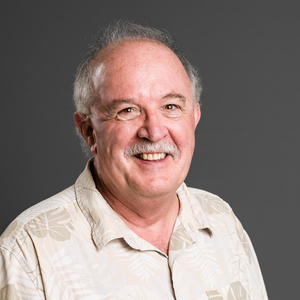The Earth’s geology and geophysics are driven by convection, where hot material rises and cold material sinks. This process powers plate tectonics, forming ocean basins and continents, while convection in the Earth’s outer core generates the geomagnetic field. Understanding these processes is key to studying how our planet evolves.
At Yale, we take a multidisciplinary approach to geophysics, using a mix of observational, experimental, and theoretical methods to explore Earth’s structure and dynamics, from atomic-level details to global systems.





